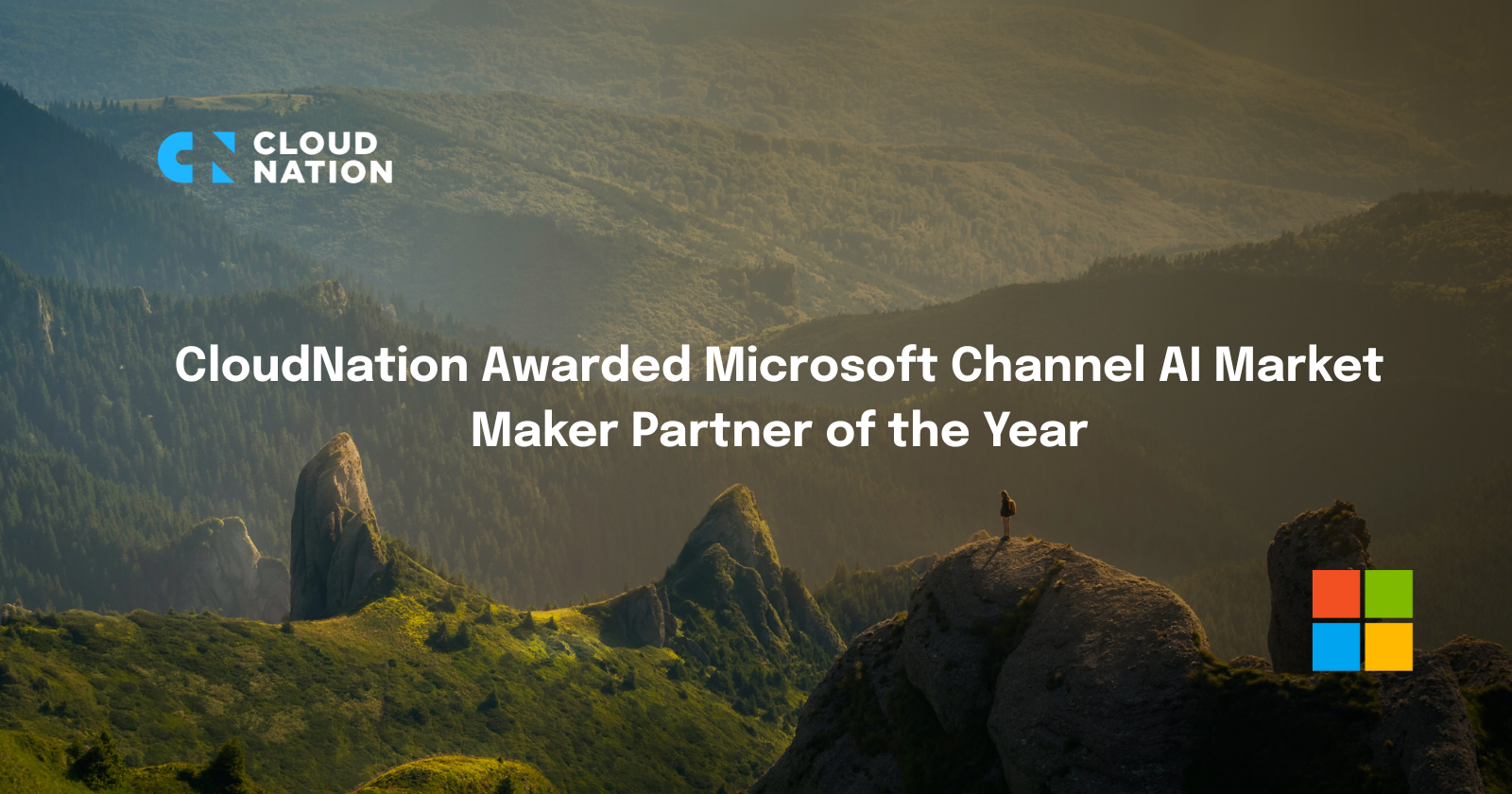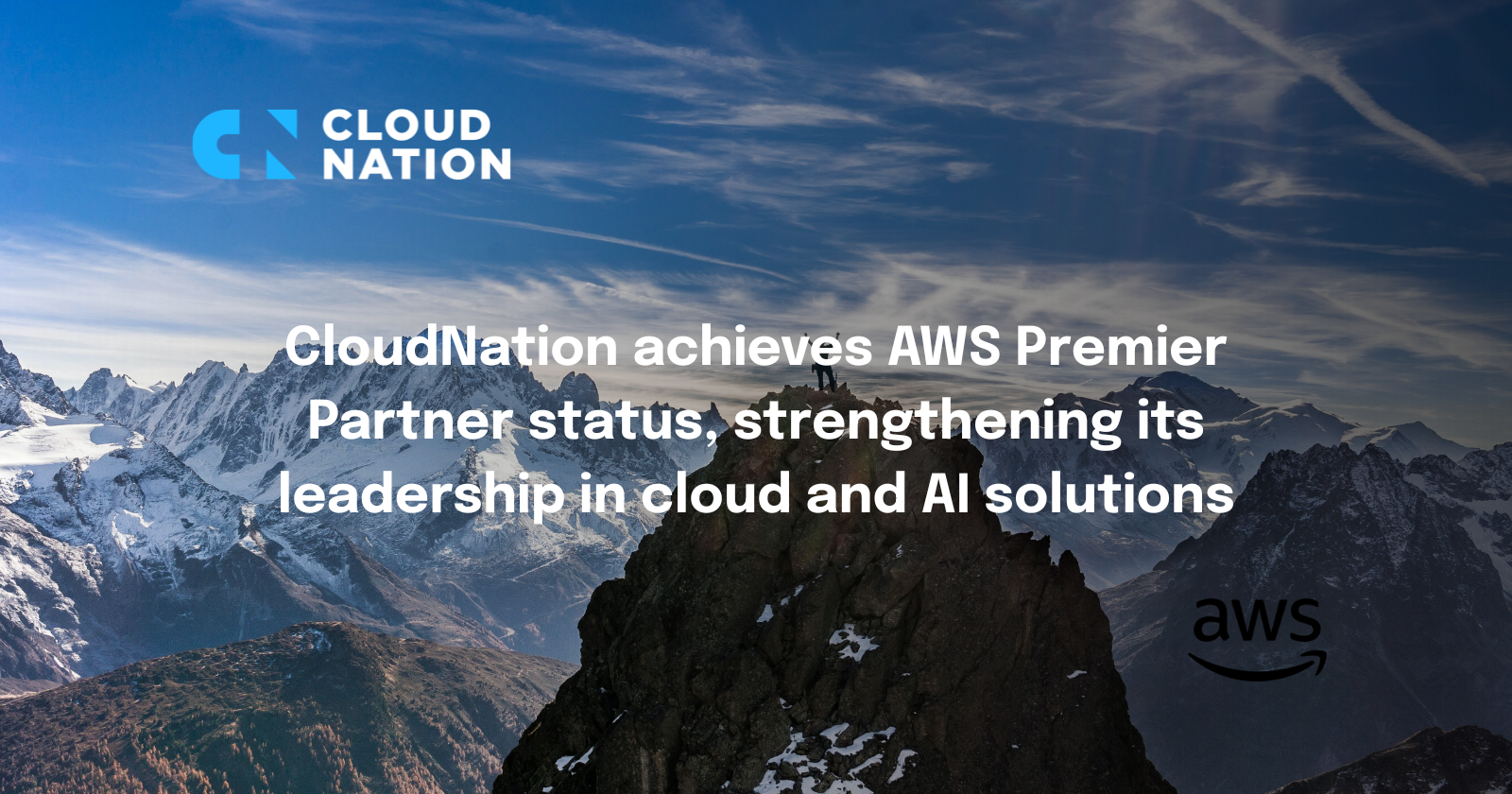From automation to awareness, how intelligence turns governance into guidance.
From standardization to self-awareness
In Part 1, we explored how MCP-enabled landing zones move beyond static templates, how they evolve from “governance as control” to “governance as code.”
But intelligence doesn’t stop at standardization.
The next frontier is self-awareness.
Where the old landing zone executed predefined logic, the intelligent zone understands its environment. It reacts to patterns, context, and intent, not just configuration.
This shift redefines automation: it’s not about scripted deployment, but about contextual orchestration.
The brain of the landing zone
An MCP-enabled intelligent landing zone operates with three layers of cognition:
1. Sensing – Contextual awareness
At the foundation lies visibility. The zone continuously senses changes across workloads, policies, and configurations.
It knows:
- When a new workload is experimental vs. production.
- When resource drift occurs.
- When governance rules become outdated or redundant.
This sensing layer transforms telemetry into insight, the eyes and ears of the environment.
2. Reasoning – adaptive logic
Next comes interpretation. The landing zone reasons over signals and metadata, making policy-based decisions in real time.
- Is this deployment compliant with current MCP guidelines?
- Should tagging or cost controls adjust automatically?
- Is a new Azure feature relevant for this environment?
Here, policies evolve from static rules into decision frameworks. The landing zone begins to think in scenarios, not scripts.
3. Acting – autonomous governance
Finally, the system takes intelligent action.
When it detects a drift, it doesn’t just alert, it remediates.
When a new workload appears, it classifies and secures it before anyone asks.
When governance or compliance boundaries shift, it adapts without redeployment.
In short: the landing zone not only deploys but governs itself.
Intelligence as a service layer
This intelligence doesn’t live in a single component, it spans across:
- Policy engines (Azure Policy, Defender for Cloud)
- Automation frameworks (Bicep, Terraform, Azure DevOps)
- Observability layers (Azure Monitor, Log Analytics)
- Knowledge layers (metadata models, tagging taxonomies, and workload catalogs)
By combining these elements, CloudNation transforms governance into a living service layer, an adaptive control plane that translates business intent into cloud behavior.
CloudNation’s approach: Designing for adaptation
Our vision for MCP-enabled landing zones goes beyond compliance and deployment speed.
We design systems that:
- Learn from operational behavior.
- Detect deviations and optimize automatically.
- Maintain architectural alignment with evolving business goals.
It’s not just cloud management, it’s continuous cloud intelligence.
Each landing zone becomes a living framework, always learning, always improving, always aligned.
Beyond automation: Toward symbiotic governance
The ultimate goal isn’t to automate humans out of governance, it’s to empower them. Intelligent landing zones create a symbiotic relationship between architecture and strategy. The cloud foundation no longer asks, “what should I do?”, but answers “here’s what I’ve done, and why.’’





